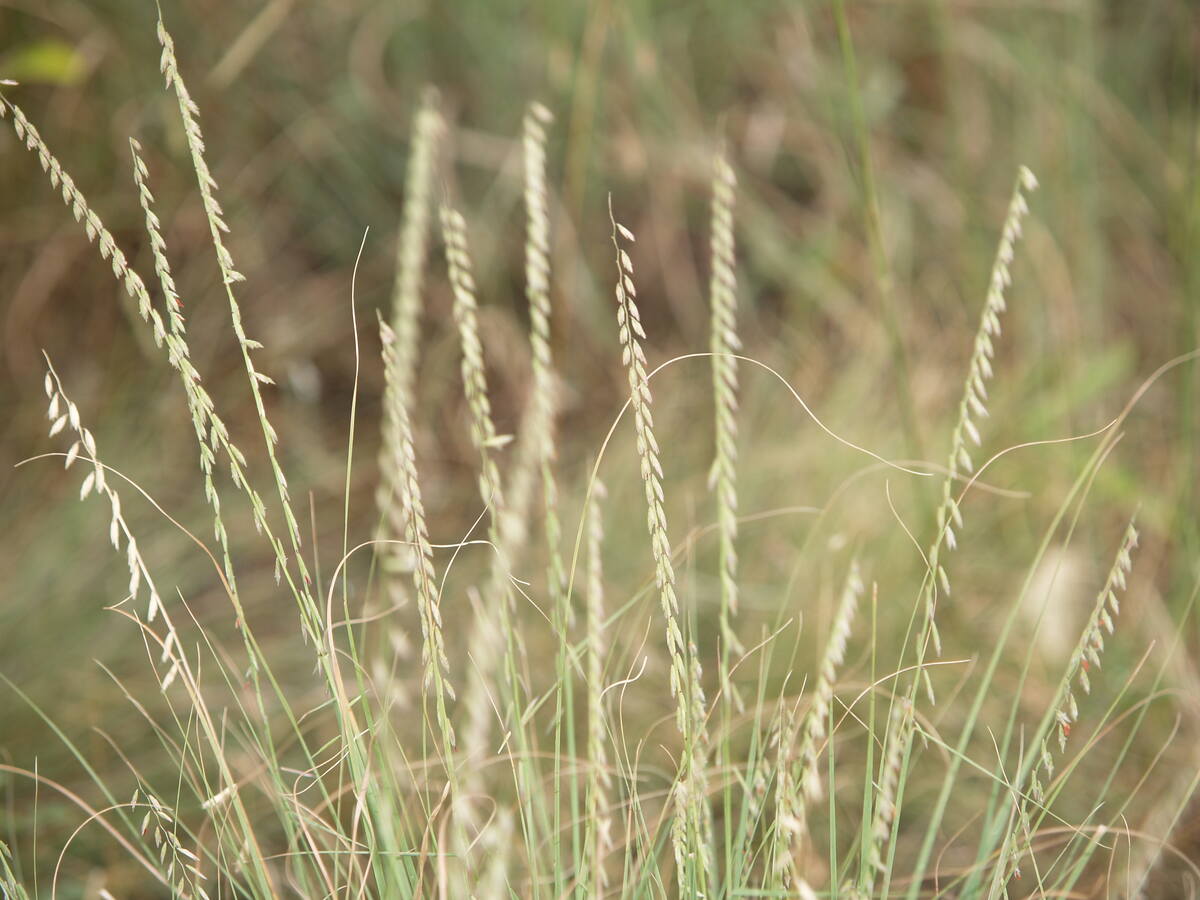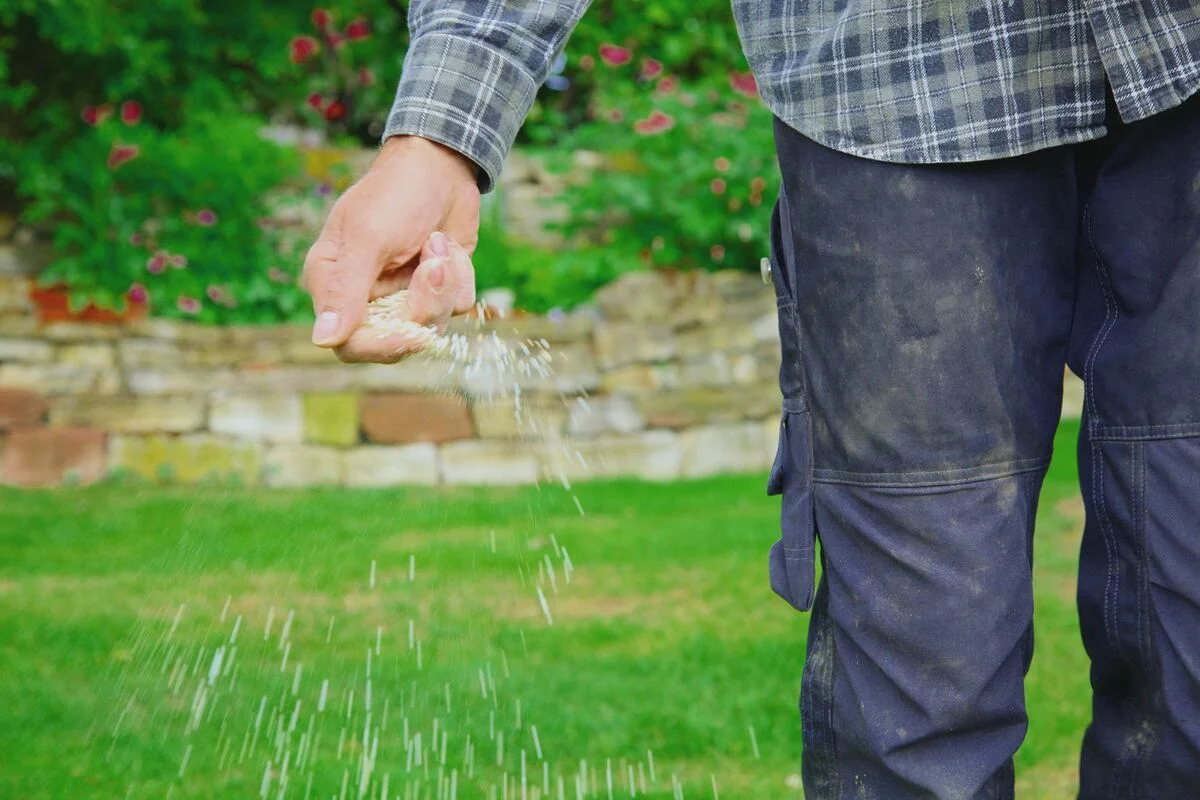
In a perfect world, weeds would be no problem at all. But unfortunately, our world isn’t perfect and there are lots of different types of weeds native to Nashville. A lot of times minor tweaks with your lawn care habits can minimize weeds and ultimately improve the overall health of your lawn. Fall is that time of the year where many homeowners don’t want to even think about lawn care, however, thinking about it can prevent a lot of future headaches.
Let’s start with the basic lawn care tips. If you’ve been keeping up with our blog you’ll know a lot of these already.
Mowing

Lawn mowing will suck up the most of your lawn care efforts and is the root cause of many people burning out on their lawn care in Nashville from year to year. To optimize the health of your lawn and minimize weeds, follow these quick tips.
- Mow at the correct height. Different types of grasses need to be mowed at different heights. A good rule of thumb is to never cut off more than ⅓ of the grass blade at a time. This allows your grass blades to maintain the necessary overlap to out-compete many common weeds Nashville.
- Mow with a sharp blade. Mowing with a blade that’s gone dull usually tears the grass, resulting in wilted tips because they dry out and make it easier for disease to infiltrate your yard. Keep your mower blade sharpened.
- Alternate the mowing direction. I know it’s hard to remember which direction you mowed the lawn but if you can then you should definitely switch directions each time you mow. Alternating the direction allows your grass to grow upright. A good method that I’ve used is to just start at opposite ends of the lawn each time.
- Mow at the correct frequency. Mowing higher and more frequently keeps your grass lush and green. It also allows you to recycle the grass clippings each time you mow. Grasscycling is super beneficial to your lawn because it keeps a lot of the essential nutrients in your lawn. It also acts as an insulator keeping the moisture locked in your turf longer.
Watering in the Morning
The No. 1 best time to water your lawn is in the early morning because the gentle morning sun will help dry out the grass before it gets too hot. If you water around noon when the sun’s at its peak, the remaining water droplets can actually act as magnifying glasses that can burn the grass blades. Alternatively, watering during the nighttime can prolong the moisture on the grass, which can lead to various diseases.
Also, just getting your grass wet doesn’t count as watering. It’s better to water your lawn deeper and less often. You’re going to want to soak the lawn so that the water is absorbed about four to six inches down.
Not sure you’re watering enough? Do a lawn sprinkler audit. Set an empty can of tuna in your lawn next to one of your sprinklers and when it fills up you’re OK to turn off your sprinkler system. Better yet, set a timer the first time around to better automate your lawn’s watering.
Remove Fallen Leaves

Fall is the time of the year where cool-season grasses can recover from the stress of the summer heat. However, fallen leaves can restrict your lawn’s breathability. Removing the leaves as they fall chips away at a bulky — even costly — leaf removal, too. Most importantly grass still needs sunlight in the fall season to continue healthy growth. When a dense layer of leaves builds up across your lawn it suffocates the grass and prevents sunlight. You don’t need to be a horticulturist to know why that isn’t a good thing.
Preparing for Winter Annual Weeds

Most lawn care professionals recommend at least two applications of fertilizer per year and agree the spring and fall are the best times. There are certain types of weeds that germinate in the late summer and early fall and begin to develop in the winter. Winter annuals are dormant or semi-dormant in the winter and flower in the spring. They usually die out by the time the summer heat rolls around though. Some common types of winter annual weeds are henbit, deadnettle, field madder, common chickweed, mouse-ear chickweed, buttercup, and carolina geranium (which can be perennial). It’s important to treat these types of weeds early so that they aren’t a problem in the springtime.
Aeration in the Fall
Aeration is one of the most often overlooked lawn care practices amongst homeowners. It’s easy to forget that your lawn, like your skin, needs to breathe. With the heavy clay soil that’s prominent in Middle Tennessee, aeration is the most crucial process to relieve soil compaction. Aerating your lawn creates a more desirable ecosystem for juvenile root systems to push through loose soil conditions. It also allows your grass roots to extend themselves farther into the ground, which is beneficial during periods of drought and city water restrictions.
That’s it for our fall guide to lawn care in Nashville. It’s definitely a less stressful time of the year when it comes to lawn care but with proper lawn care habits and a little bit of thought you can make next spring and summer less of a hassle.
Have questions about lawn care in Nashville, Tenn? Feel free to share your thoughts with us in the comments below.




